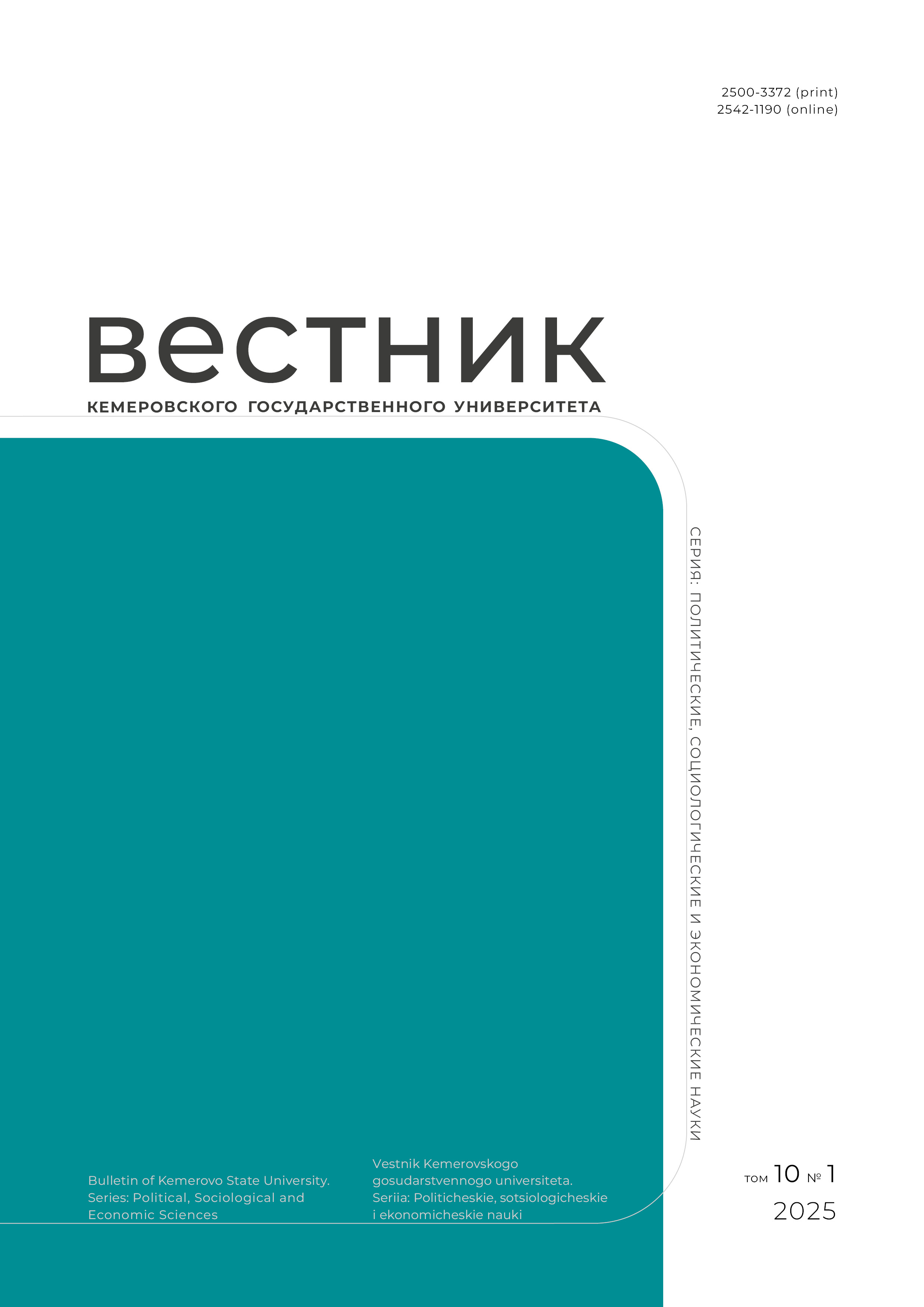Novosibirsk, Novosibirsk, Russian Federation
UDC 33
The present research featured official methods of efficiency assessment of cultural institutions. The existing system focuses on quantitative assessment and does not take into account the delayed social and economic effects associated with the quality of human capital. Therefore, the current system of indicators requires expansion. Cultural institutions acquire state or municipal support based on their compliance to efficiency criteria. The author analyzed the financial support provided for implementation of priority national projects. The amount of funds for the development of the cultural sphere appeared to be one of the smallest. The current global uncertainty and new challenges caused the budget funding focus to shift. Taking into consideration the growing variability of external environment, cultural institutions can become efficient only by using modern management tools. The author studied official approaches to assessing the efficiency of cultural institutions. The research objective was to justify the need to use modern management tools in order to increase the efficiency of cultural institutions. The study was based on the institutional approach, as well as the methods of analysis, synthesis, and comparison. The paper introduces some practical recommendations for the use of modern management tools and the application of national standards. The results can be of some interest to top management of cultural institutions. The author proposes systemic and process approaches for implementation of creative projects. She believes that PDCA methodology, benchmark and GAP analyses, and the method of key performance indicators will develop the dynamic capabilities of cultural institutions and increase their strategic flexibility in conditions of high external variability.
key performance indicators, tools of strategic management, dynamic capabilities of organization, strategic flexibility, external environment of the organization, internal environment of the organization
1. Zelenskaya E. M. Performance measurement of cultural organizations: analysis of indicators and overview of methods. Ekonomika Severo-Zapada: problemy i perspektivy razvitiia, 2017, (3-4): 174-188. (In Russ.)
2. Zelenskaya E. M. Performance in cultural sphere: cluster analysis of socio-economic performance indicators of russian theatres. Vestnik UrFU. Seriia ekonomika i upravlenie, 2018, 17(1): 8-25. (In Russ.) DOI:https://doi.org/10.15826/vestnik.2018.17.1.001
3. Karepina O. I., Meliksetyan S. N. Budget financing and cost-effectiveness monitoring of cultural institutions. Mezhdunarodnyi bukhgalterskii uchet, 2017, 20(14): 810-827. (In Russ.) DOI:https://doi.org/10.24891/ia.20.14.810
4. Evmenov A. D., Bulochnikov P. A. Organizational performance management in the cultural sector. Ekonomika i upravlenie, 2018, (11): 29-37. (In Russ.)
5. Schumpeter J. A. The theory of economic development: an inquiry into profits, capital, credit, interest, and the business cycle. Cambridge: Harvard University Press, 1934, 255.
6. Penrose E. T. Biological analogies in the theory of the firm. The American Economic Review, 1952, 42(5): 804-819.
7. Cyert R. M., March J. G. A behavioral theory of the firm. Englewood Cliffs, N. J.: Prentice-Hall, 1963, 268.
8. Barney J. B. Organizational culture: can it be a source of sustained competitive advantage? The Academy of Management Review, 1986, 11(3): 656-665.
9. Teece D. J. A dynamic capabilities-based entrepreneurial theory of the multinational enterprise. Journal of International Business Studies, 2014, 45: 8-37. DOI:https://doi.org/10.1057/jibs.2013.54
10. Teece D. J. Business models, business strategy and innovation. Long Range Planning, 2010, 43(2): 172-194. DOI:https://doi.org/10.1016/j.lrp.2009.07.003
11. Teece D. J. Dynamic capabilities and strategic management: organizing for innovation and growth. Oxford: University Press, 2009, 286.
12. Teece D. J., Pisano G. P. The dynamic capabilities of firms: an introduction. Industrial and Corporate Change, 1994, 3(3): 537-556. DOI:https://doi.org/10.1093/icc/3.3.537-a
13. Winter S. G. Understanding dynamic capabilities. Strategic Management Journal, 2003, 24(10): 991-995. DOI:https://doi.org/10.1002/smj.318
14. Collis D. J. Research note: how valuable are organizational capabilities? Strategic Management Journal, 1994, 15(S1), 143-152. DOI:https://doi.org/10.1002/smj.4250150910
15. Amit R., Schoemaker P. J. H. Strategic assets and organizational rent. Strategic Management Journal, 1993, 14(1): 33-46. DOI:https://doi.org/10.1002/smj.4250140105
16. Zollo M., Winter S. G. Deliberate learning and the evolution of dynamic capabilities. Organization Science, 2002, 13(3): 339-351. DOI:https://doi.org/10.1287/orsc.13.3.339.2780





















